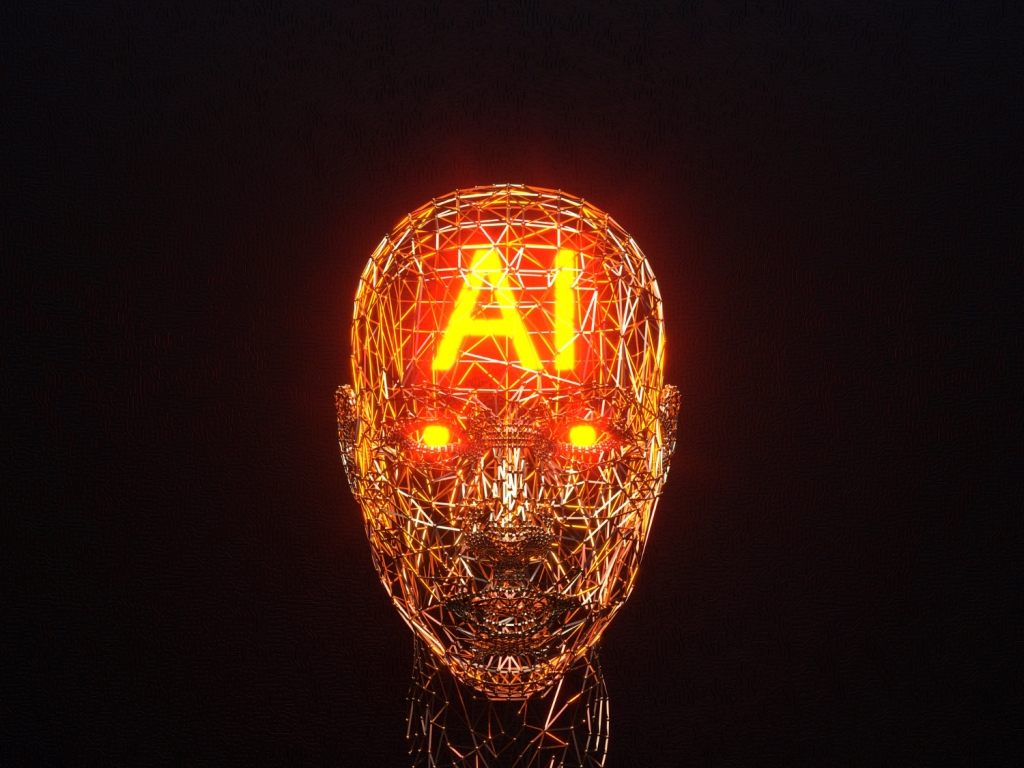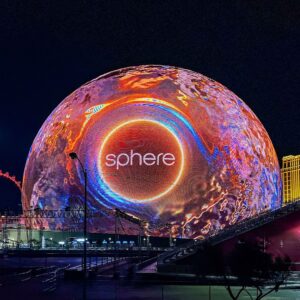The rapid advancement of deepfake AI technology presents a paradoxical duality in its impact on the human mind. On one hand, the development of deepfake applications holds promise for transformative and positive experiences. In the realm of entertainment, filmmakers can leverage this technology to create awe-inspiring special effects, enhance visual storytelling, and deliver immersive experiences. Moreover, the potential applications extend to education and training, enabling realistic simulations for medical procedures, emergency response, and military training.
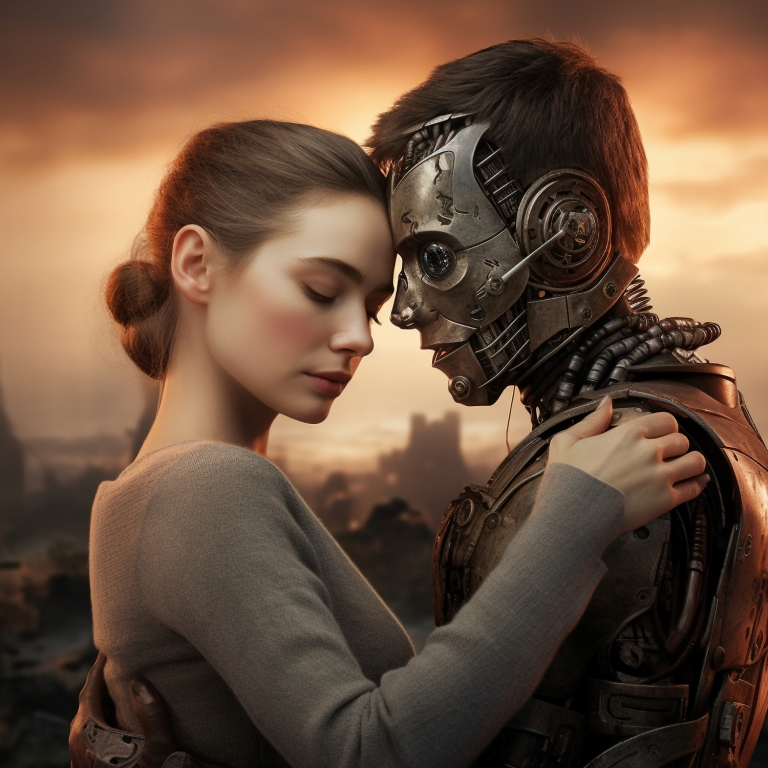
However, beneath this veneer of innovation lies a darker underbelly. The destructive potential of deepfake AI becomes evident in its capacity to manipulate and deceive, giving rise to concerns about the erosion of trust and the dissemination of misinformation. Instances of political manipulation, identity theft, and privacy violations underscore the ethical challenges associated with this technology. As security concerns loom large, the constant race between deepfake creation and detection methods raises the specter of undetectable manipulations, posing significant threats to individuals and societies.
In this intricate dance between development and destruction, the responsible and ethical use of deepfake AI becomes imperative. Striking a balance between harnessing its positive potential and mitigating its negative consequences is essential to safeguard the integrity of human cognition and societal trust.
A. Positive Applications of Deepfake AI Technology Across Various Sectors.
Certainly, there are positive applications of deepfake technology as well.
- Entertainment Industry: Special Effects, Realistic, Special Effects & Enhance Visual Storytelling with dubbing.
- Education and Training: Deepfake technology using to create realistic simulations for training purposes, such as medical procedures, emergency response, or military training.
- Historical and Cultural Preservation: Deepfakes could be used to bring historical figures back to life in a realistic manner for educational or museum purposes.
- Voice: Deepfake algorithms can be applied to improve voice synthesis systems, making them more natural-sounding and accessible for individuals with speech disabilities.
- Content Creation: Automated Content Generation: Text, Audio, Photos, Videos.
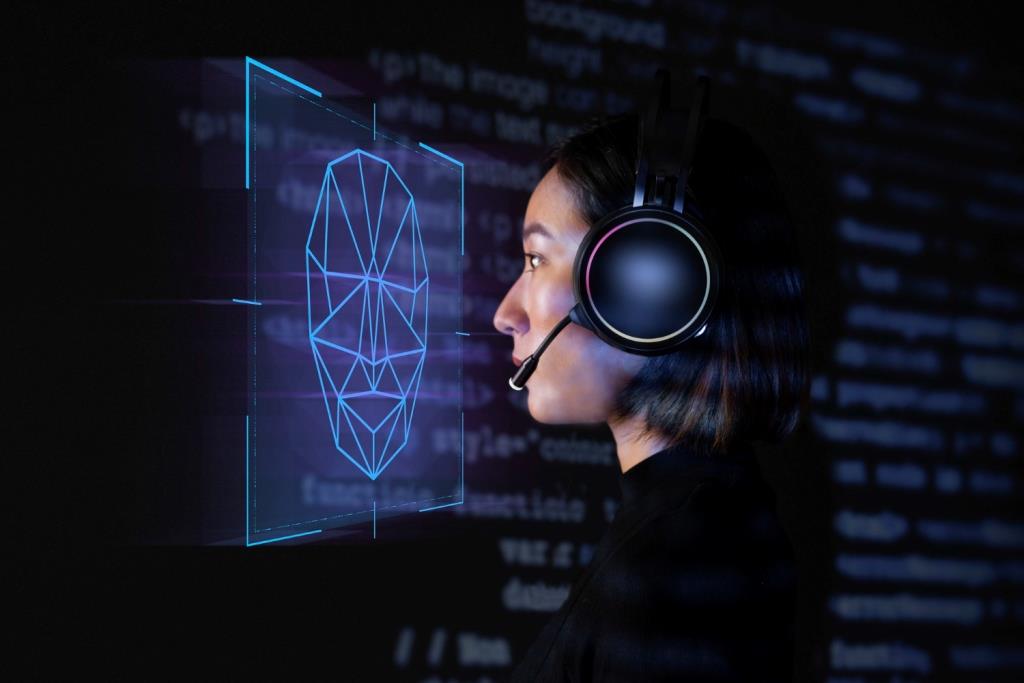
B. Challenges and Risks in the Age of Deepfake AI Technology
While deepfake technology has positive applications, it also raises significant concerns due to its potential for misuse.
- Misinformation and Fake News
- Political Manipulation
- Identity Theft and Impersonation
- Privacy Violations
- Social Engineering Attacks
- Erosion of Trust
- Security Concerns:
As deepfake AI technology advances, there is a constant race between the development of deepfake creation and detection methods. The potential for malicious actors to create undetectable deepfakes poses security risks.
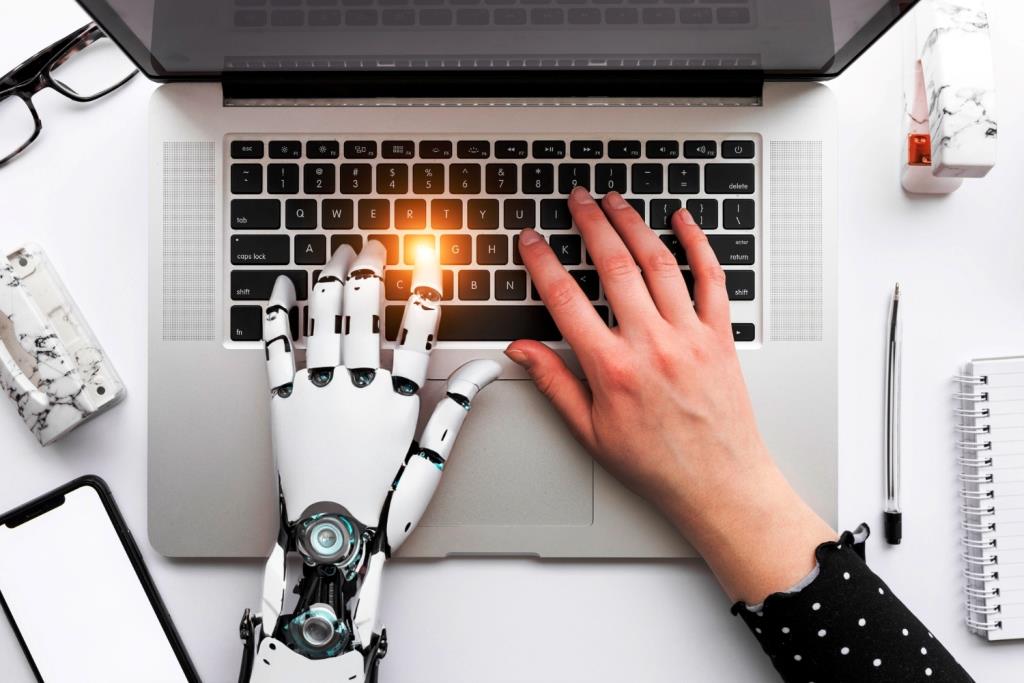
I. Who Made AI?
The development of artificial intelligence (AI) involves contributions from a vast and diverse community of researchers, scientists, engineers, and developers around the world. AI is not the creation of a single individual or entity but is the result of collaborative efforts across academia, industry, and research institutions over several decades. Key milestones in the development of AI include:
A. Alan Turing:
Often considered the father of computer science, Alan Turing laid the theoretical foundations for AI with his work on computation, algorithms, and the concept of a universal machine.
B. John McCarthy:
Coined the term “artificial intelligence” in 1955 and organized the Dartmouth Conference in 1956, which is considered the birth of AI as a field of study.
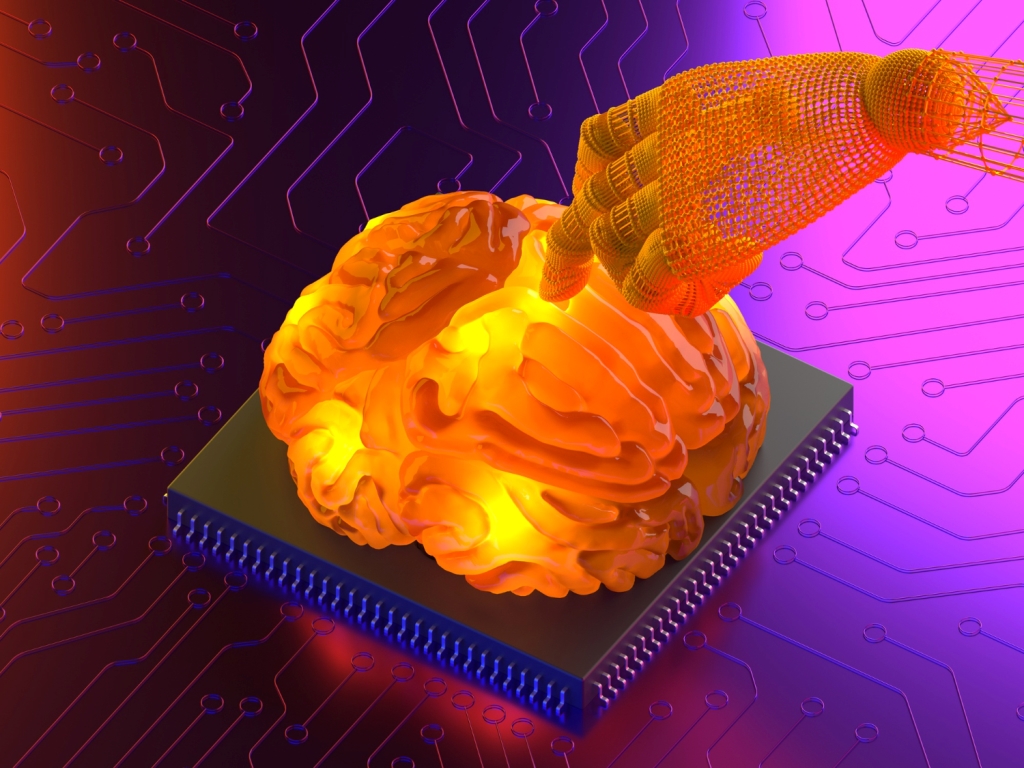
C. Early Researchers:
In the 1950s and 1960s, pioneers like Marvin Minsky, Herbert A. Simon, and Allen Newell made significant contributions to AI, laying the groundwork for early AI systems and symbolic reasoning.
D. Machine Learning and Neural Networks:
In the later years, researchers explored machine learning techniques, including neural networks. The field experienced periods of both progress and stagnation.
E. Deep Learning:
Breakthroughs in deep learning, a subfield of machine learning involving neural networks with many layers, have significantly advanced AI capabilities. Geoff Hinton, Yann LeCun, and Yoshua Bengio are often recognized for their contributions to deep learning.
F. Industry Contributions for AI (Deepfake AI):
Companies like IBM, Google, Microsoft, and others have played a crucial role in advancing AI through research, development, and the application of AI technologies in various domains.
G. Open Source and Collaboration for AI (Deepfake AI):
The open-source community has contributed to the democratization of AI, with widely used frameworks like TensorFlow and PyTorch fostering collaboration and innovation.
Deepfake AI Creation Tools:
- DeepFaceLab: A popular deepfake creation tool that utilizes deep learning algorithms for face swapping in videos.
- FakeApp: One of the early deepfake tools that gained popularity, allowing users to easily create deepfake videos by swapping faces.
- FaceSwap: An open-source deepfake application that enables users to swap faces in images and videos.
- DeepArt.io: While not specifically for deepfakes, DeepArt.io uses neural networks to apply artistic styles to photos, showcasing the broader applications of deep learning.
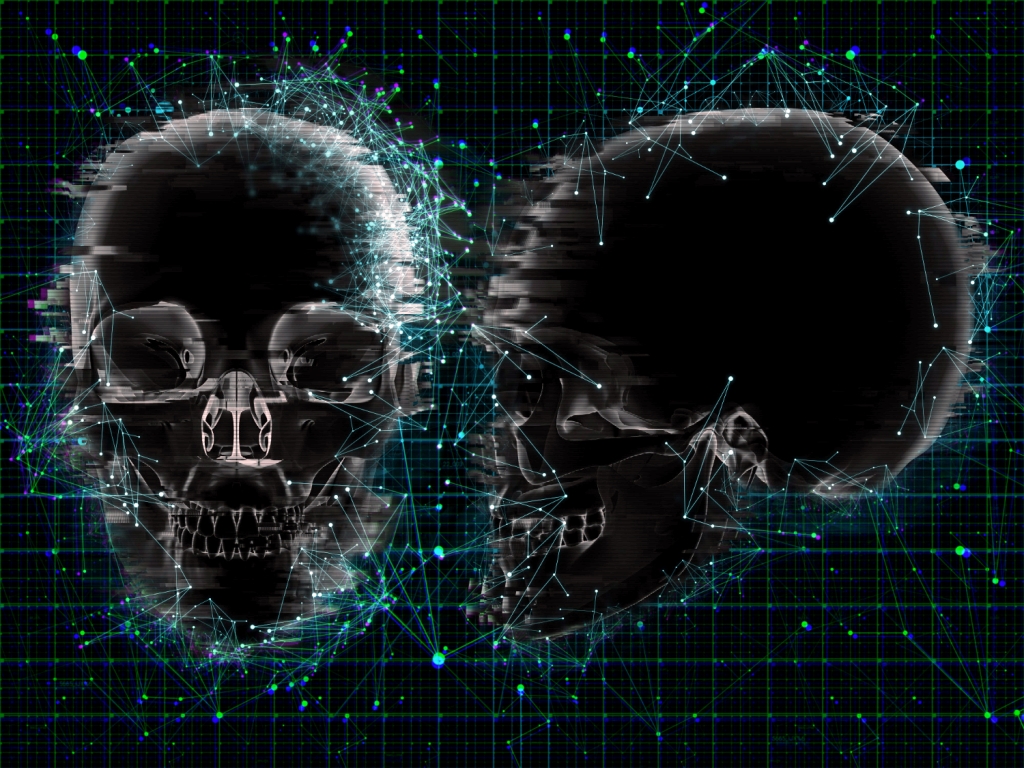
Deepfake AI Detection Tools:
- Microsoft Video Authenticator: Microsoft has developed a tool to detect deepfakes in images and videos, aiming to combat disinformation.
- Deepware Scanner: An Android app designed to detect deepfakes in real time using facial recognition technology.
- Deepware Scanner: An Android app designed to detect deepfakes in real time using facial recognition technology.
- Deepware Scanner: An Android app designed to detect deepfakes in real time using facial recognition technology.
- DeepGuard: A deepfake detection tool developed by cybersecurity companies to identify manipulated media content.
- Deepware Scanner: An Android app designed to detect deepfakes in real time using facial recognition technology.
- Deepfake Detection Challenge (DFDC): A competition initiated by Facebook to encourage the development of deepfake detection methods, leading to the creation of various detection algorithms.
Online Platforms and Services:
- Truepic: A platform that uses blockchain technology to verify the authenticity of photos and videos to prevent deepfake manipulation.
- Cognilytica’s AI & ML Vendor Landscape: An extensive list of companies providing solutions for various aspects of AI and machine learning, including deepfake detection.
Do you know the latest elvish Yadav controversy?
Explore the world’s biggest Spherical Building in Las Vegas.

